The recent 90-day tariff reprieve between the U.S. and China, announced last week, marks a significant but temporary easing of trade tensions that have deeply affected the lighting industry and many other industries reliant on Chinese imports. The agreement reduces tariffs on imports from China from an unprecedented 145% to 30%, and on U.S. goods entering China to 10%. While this is a welcome relief for many in our industry, the damage inflicted by the earlier, higher tariffs, uncertainty, and ongoing logistical disruptions continues to reverberate throughout the industry.
The initial imposition of the 145% tariff in April 2025 caused a dramatic slowdown in trans-Pacific shipping. Importers, unwilling to pay the steep duties, allowed goods to accumulate in Chinese warehouses, resulting in a 30% drop in ocean freight volumes and widespread blank sailings. Shipping lines diverted capacity to other routes, and experts warn that restoring adequate shipping capacity to the trans-Pacific lane will take several weeks, even with the tariff reduction. This logistical bottleneck means that, despite the lower tariffs, manufacturers, distributors, and retailers may still face delays in receiving goods.
Companies have responded in various ways, depending on their supply chain flexibility and inventory strategies:
Preemptive Inventory Management: Some manufacturers anticipated tariff risks by front-loading inventory before the higher duties took effect, allowing them to delay price increases and maintain supply for several months. However, as the reprieve creates a rush to import at the lower tariff rate, congestion at ports and delays in shipping are expected.
Supply Chain Diversification: Many businesses have accelerated efforts to move manufacturing out of China. Some have opened new facilities in Vietnam, India, Mexico, or other countries as alternatives and to mitigate tariff exposure. While this transition is complex and not feasible for all market players, it reflects a broader industry trend toward supply diversification.
Cautious Optimism and Continued Uncertainty: Companies express cautious optimism that the reprieve could lead to a more stable and sustainable tariff policy. However, the lingering uncertainty makes long-term planning difficult, with many companies adopting a “wait and see” approach regarding future investments and product launches.
Despite the tariff reduction, companies still face a combined duty of at least 55% on Chinese imports (previous 25% plus the new 30%), which remains a significant cost burden. The volatility in trade policy has disrupted production schedules, delayed shipments, and complicated inventory management. For some, the urge to shift production to other countries, such as Vietnam, India, and Mexico, may become irresistible, though this is not a panacea due to capacity constraints and the risk that new tariffs could be imposed on alternative sourcing countries.
The ongoing tariff saga underscores the fragility of global supply chains and the need for supply chain resilience. Companies with diversified sourcing, robust inventory strategies, and the ability to adapt quickly are better positioned to weather the uncertainty. The industry is calling for greater stability in trade policy to enable effective planning and investment.
The 90-day tariff reprieve offers short-term relief but does not resolve the underlying challenges facing the lighting industry. Logistical disruptions, continued high duties, and policy unpredictability mean that companies must remain agile and proactive. The hope is that this temporary measure will pave the way for a more balanced and predictable trade environment, but until then, the industry will continue to navigate a landscape marked by volatility and rapid change.
More information is available here.
Image: Pexels.com







You must be logged in to post a comment.